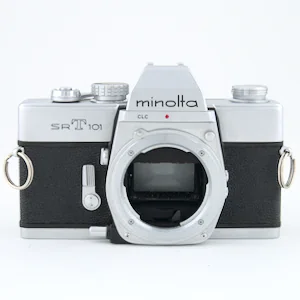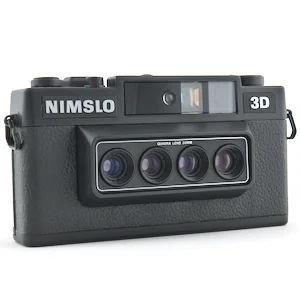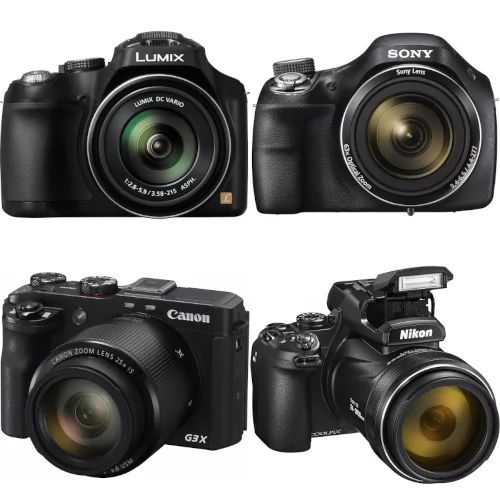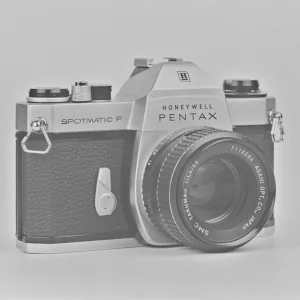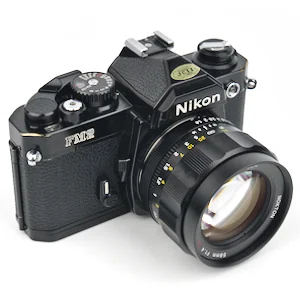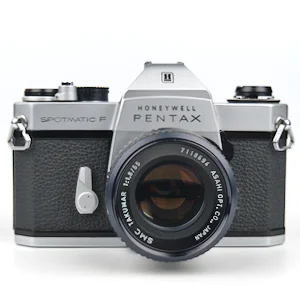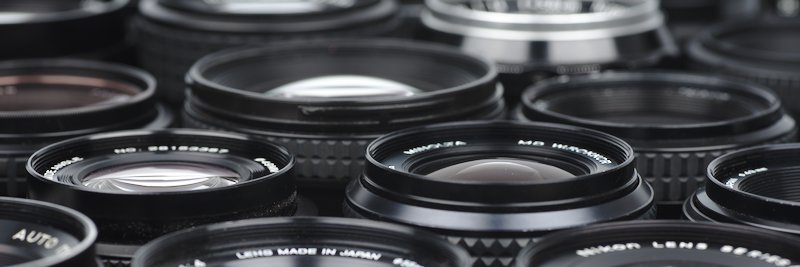
We’re In the Golden Age of Digital Photography
The price to performance of used cameras is absurd. My view is that digital photography tech hit maturity in 2008 with the release of the Canon 5D Mark II and Nikon D700.
Sales of point and shoot cameras peaked in 2010. Interchangeable lens cameras in 2012. Since then, photographic improvements have taken a back seat to video capabilities.
Used Camera Price Lists
- 16 Cameras Under $250
- 24 Cameras Under $500
- 20 Cameras Under $750
- 14 Cameras Under $1,000
- 18 Cameras Under $1,500
- 13 Cameras Under $2,000
- 6 Cameras Under $3,000
- 6 Cameras Under $4,000
- 2 Cameras Under $5,000
- 2 Cameras Under $6,000
- 2 Fashionable Cameras for Less than $7,000
Camera Batteries
Have you ever been paranoid about the capacity of a battery? Especially if it was from a third party? I was.
I have figured out how ANYONE can inexpensively capacity test camera batteries. I have written a guide on how to capacity test camera batteries. It is a simple DIY project that only requires a screwdriver and pair of wire strippers.
Picking Out Vintage Lens Winners
All lenses aren’t equal, especially when it comes to vintage and early digital camera lenses. Modern lenses will give you images that are razor sharp corner to corner. Vintage lenses can set themselves apart by how they render, the color you can get with them, interesting bokeh, or other characteristics not valued by current photographers.
On the other hand, many vintage lenses are not good. Their performance may not be good enough to set them apart from other lenses. Worse, as time has gone on some lenses have defects such as haze, fungus, balsam separation, or degraded grease, that will render them worthless because of the difficulty in repair.
I’m somewhat indiscriminate in my purchasing of gear, so I get a mix of good, bad, and average. The lens reviews will help you find a lens worth owning. These are popular film cameras that recieve frequent lens questions.
- Canon AE-1 Lenses
- Pentax K1000 Lenses
- Pentax Spotmatic Lenses
- Nikon FM2 Lenses
- Nikon FE2 Lenses
- Canon A-1 Lenses
- Olympus OM-1 Lenses
- Minolta SR-T 101 Lenses
- Minolta X-700 Lenses
Recent Posts
